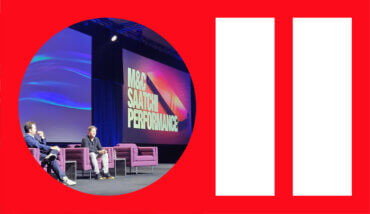By Media Supervisor, Bridget Phelan
Advertisers are witnessing an influx of acquisition opportunities in the audio space driven by new technology and consumers’ progressing levels of comfort with audio consumption. Practically, this means that the increasing adoption of smart home devices, connected cars and voice searches is leading to an evolution in advertising strategies.
According to Audience Insights, by July 2018 7% of podcast listeners in Canada said they owned a smart speaker like Amazon Echo or Google Home. However some forecasts show that number will increase substantially this year. International Data Corporation (IDC) Canada estimates standalone intelligent assistant devices (aka smart speakers) will have reached 1 million households in Canada by the end of 2018. This growth is expected to continue as consumer perceptions around the security and privacy of these devices improves.
Globally, 137% more devices were shipped in 2018 than the year prior, a trend that is expected to continue in 2019. Research has also revealed that listeners are less likely to skip ads on audio interfaces than on computers or phones. In addition, audio devices introduce new demographics to the digital userbase, resonating with older consumers, who are also typically in possession of greater income and time, making them ideal consumers.
When it comes to search, audio and voice have been impactful as well. Siri, Cortana, Google Voice Search/Now, Viv, Amazon Alexa, and Google Home are today’s most important voice activated personal assistants and search tools. It is predicted that there will be over 1 billion devices featuring voice assistants in use this year which could lead to up to 50% of all searches to be voice searched by 2020.
Marketers have only just begun to take advantage of these new avenues to reach consumers. Brands are getting creative with sponsored podcasts, dynamic audio creative and DV360 (formerly known as DoubleClick Bid Manager) announced that advertisers can buy digital audio ad inventory programmatically on Spotify, TuneIn, SoundCloud and Google Play Music. It is no longer a question of whether or not to test audio ads, but rather a question of finding the best targeting and creative to maximize their impact. When it comes to tips and tricks to improve your audio strategy, here are some suggestions:
- Use frequency testing to maximize conversion rates. Findings from studies at Pandora implied that increasing frequency to 2-3 times per unique listener helped drive a lift in conversion.
- Storytelling is a crucial element of audio ads. A focus on bringing an ad’s narrative to life via audio in order to engage the consumer will yield the best results.
- Even in an audio ad, consider how a call to action can be customized or interactive (example: including a google maps link to the nearest store) and how this will draw consumers.
- Ad units for podcasts are developing, but many advertisers prefer the native approach of having the host read the ad.
Get in touch today to learn more about the changing industry landscape and how we can assist.

